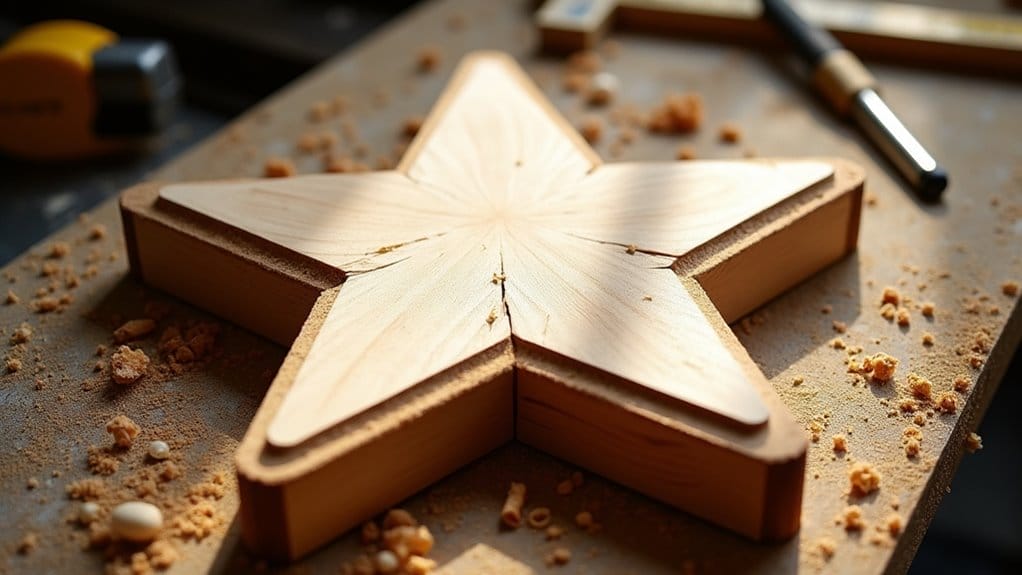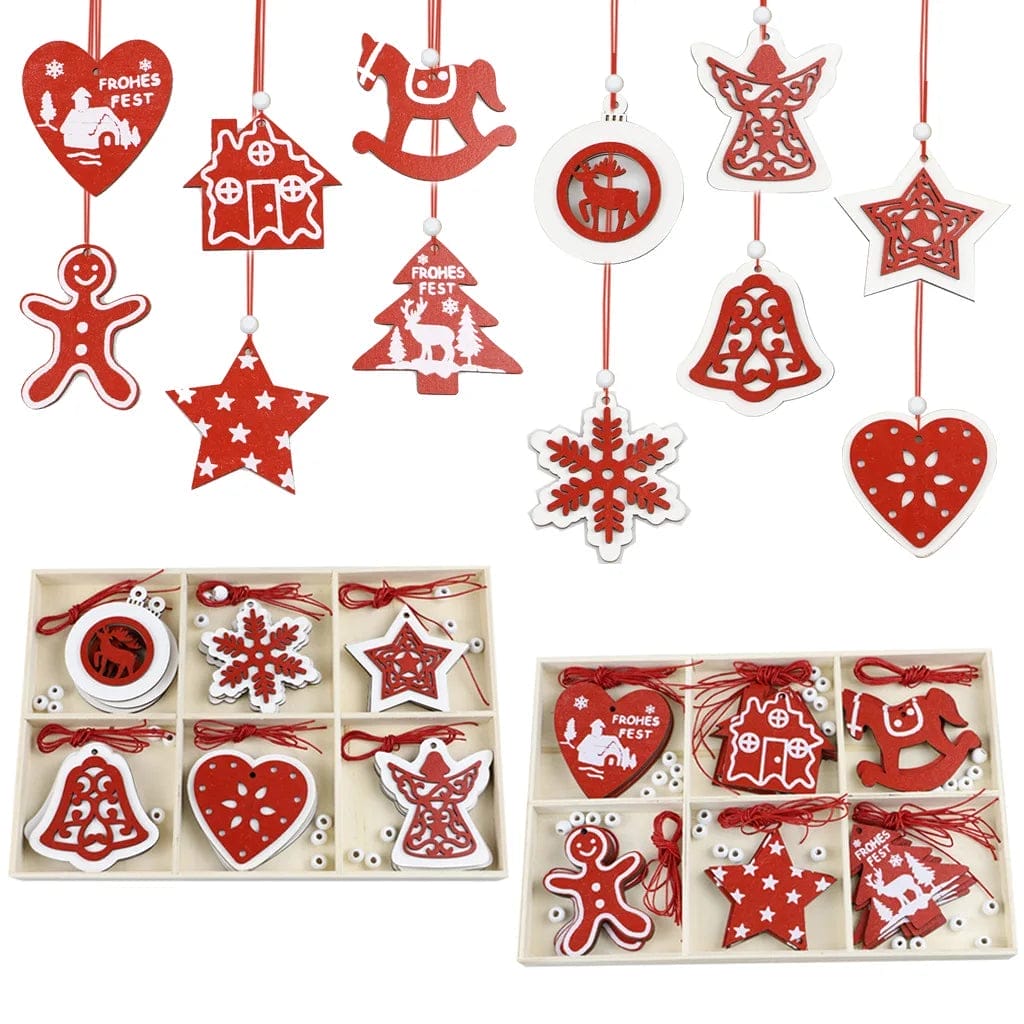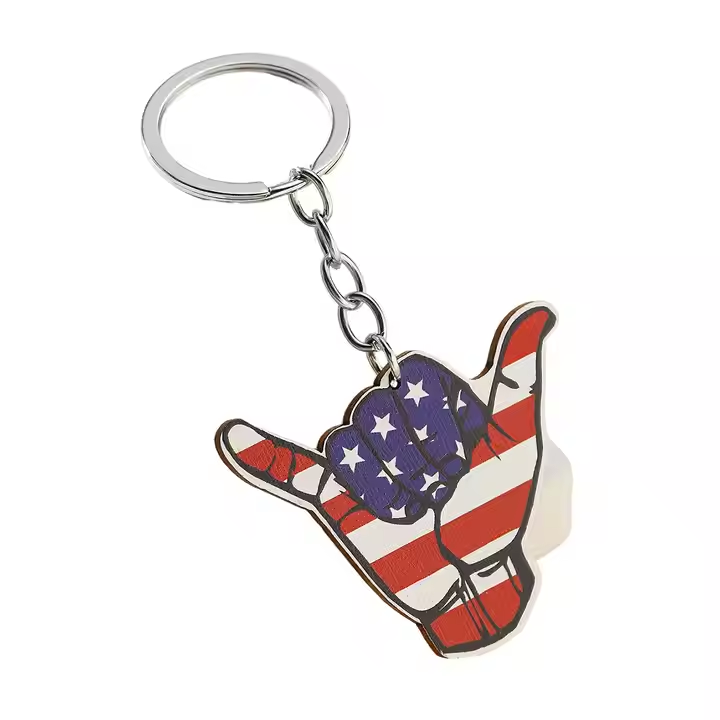Maple wood is commonly found in many homes, from kitchen cabinets to hardwood floors, often without drawing much attention. Is maple wood hard? While it is frequently described as a hardwood, this term has a specific meaning within the woodworking community.
Understanding maple’s true hardness involves more than just the tactile sensation. It requires examining its density, durability, and practical uses. Let’s explore what distinguishes maple from other wood species.
Key Takeaways
- Hard maple (often referred to as rock maple) has a Janka hardness rating of 1450. This makes it one of the hardest domestic woods available in North America.
- Maple is significantly harder than other common hardwoods like red oak (1290) and white oak (1360), demonstrating superior resistance to denting.
- The wood’s high density of 705 kg/m³ contributes to its exceptional durability and wear resistance in furniture and flooring.
- There are different types of maple. Hard maple is 25% tougher than soft maple varieties.
- Maple’s hardness requires specialized tools and careful machining, but results in long-lasting, durable finished products.
What Does “Hard” Mean in Woodworking?

When you hear the term “hard” in woodworking, it refers to a wood’s density and resistance to denting, with measurements often taken using the Janka hardness scale.
Harder woods, like maple with its dense cellular structure, require more effort to cut and shape but reward you with superior durability in the finished product.
Understanding wood hardness helps you choose the right material for your project. Because harder woods typically perform better in high-wear applications like flooring and furniture.
Explanation of Wood Hardness
In woodworking, hardness refers to a material’s resistance to denting and wear, which you’ll commonly find measured using the Janka hardness test. This test determines the force required to embed a steel ball halfway into a wood sample.
Hard maple ranks impressively at 1450 on the Janka hardness scale. This makes it one of the toughest domestic wood species to choose from.
Hard maple and soft maple are different from each other. Unlike softwoods such as pine, maple is a hardwood with high density. It’s about 25% harder than its soft maple counterpart. This exceptional hardness, combined with its high density of 705 kg/m³, is why you’ll see hard maple frequently used in demanding applications like flooring and fine furniture.
Relevance to Processing and Finished Product Durability
Hard maple’s exceptional density and strength directly impact both its processing requirements and the durability of finished products.
This hardwood’s high specific gravity of 705 kg/m³ guarantees excellent resistance to wear. It’s ideal for items that are frequently used.
Its impressive compressive strength and modulus of rupture mean your furniture and cabinetry will withstand substantial pressure without failing.
While working with hard maple requires more effort due to its density, you’ll benefit from its stability, with minimal warping and a fine texture that delivers a smooth, lasting finish.
Maple Wood in Comparison: How Hard Is It?

Hard maple’s impressive Janka rating of 1450 puts it at the top tier of domestic hardwoods. It’s markedly tougher than its soft maple relatives and most other wood species you’ll encounter.
Different Species of Maple Trees
Maple trees encompass several species. Each species has distinct characteristics and varying levels of hardness. The heartwood of hard maple is typically light reddish-brown, contrasting with the paler sapwood.
The most common types used in woodworking are Sugar Maple (Acer saccharum), Red Maple (Acer rubrum), and Silver Maple (Acer saccharinum).
- Sugar Maple is the hardest and most durable species. It’s prized for its dense grain and resistance to wear, making it ideal for flooring and furniture.
- Red Maple is slightly softer but still offers good strength and a fine grain. It’s often used for cabinetry and millwork.
- Silver Maple is the softest among the three, with a lighter weight and less density. It’s typically reserved for less demanding applications.
- Black Maple is very similar to Sugar Maple in hardness and density. It’s valued for its fine grain and durability, making it a popular choice for furniture and flooring applications.
Maple’s Janka Rating vs. Other Common Woods
Understanding maple’s hardness starts with its impressive Janka rating of 1450 for hard maple varieties. This places it among the toughest domestic hardwoods you’ll find.
When you compare it to other popular hardwood species, you’ll notice hard maple markedly outperforms oak (1290) and walnut (1010). Even high-end mahogany, with ratings between 800-900, can’t match hard maple’s durability.
Soft maple varieties, while not as tough as their harder cousins, still offer respectable hardness ratings of 700-950. This makes them comparable to mahogany but about 25% softer than hard maple, giving you various options depending on your needs.
Practical Implications for Industrial Processing
When it comes to industrial processing, maple’s exceptional hardness rating presents both advantages and challenges for manufacturers.
Hard maple’s impressive compressive strength of 6,450 N makes it ideal for hardwood flooring and heavy-use applications. But this density requires specialized cutting tools and precise machining techniques.
The wood’s fine texture and straight grain allow you to achieve smooth finishes. But you’ll need to account for its 11.90% volume shrinkage during processing.
For industrial applications, it’s better to choose hard maple over soft maple varieties, especially when durability and wear resistance are crucial to your project’s success.
Advantages of Using Hard Maple
The wood’s fine, straight grain creates a consistently beautiful appearance that takes stains exceptionally well. This allows you to achieve your desired look while maintaining the material’s natural elegance.
Your high-end crafts and custom projects will benefit from Hard Maple’s excellent finishing properties and stability.
Durability and Longevity of Maple Products
The exceptional durability of Hard Maple makes it a top choice for long-lasting furniture and flooring applications. Its impressive 1450 Janka hardness rating translates to furniture that withstands daily wear and maintains its beauty for generations. Hard maple’s natural resistance to denting and abrasion guarantees your investments stay pristine.
| Product Type | Expected Lifespan | Key Benefits |
|---|---|---|
| Flooring | 50+ years | High traffic resistant |
| Furniture | 100+ years | Minimal wear |
| Cabinets | 75+ years | Dent resistant |
| Tables | 100+ years | Maintains finish |
| Stairs | 75+ years | Structural strength |
Appearance, Finish Quality, and Consistency
Beauty meets practicality in hard maple’s refined appearance and superior finish qualities.
You’ll appreciate its delicate color and fine, straight grain that make it perfect for high-end furniture and cabinetry. The wood’s exceptional finish quality lets you explore various staining options while ensuring lasting protection.
Keep an eye out for unique grain patterns like curly and fiddleback variations. These distinctive features not only enhance visual appeal but also increase the wood’s value.
It’s no wonder hard maple remains a top choice for premium woodworking projects.
Suitability for High-End Crafts and Custom Projects
Maple lumber excels in the production of custom furniture. This is due to its remarkable machining qualities and ability to achieve flawless finishes.
When you’re working with hard maple, you can take advantage of its unique grain patterns. These include curly, fiddleback, and birdseye variations, which create stunning pieces.
The wood’s versatility in accepting stains and finishes gives you creative freedom. Meanwhile, its sustainable sourcing guarantees you’re making an environmentally conscious choice for your high-end woodworking projects.
Challenges When Working with Hard Maple

Working with hard maple requires careful planning. You’ll need sharp tools and frequent blade replacements due to its high density and resistance to cutting.
Tool Wear and Machining Requirements
Hard maple’s straight grain and fine texture make it an excellent woodworking choice. But its high density of 705 kg/m³ and Janka hardness rating of 1450 present significant challenges for tools and machinery.
Pay special attention to tool wear when working with hard maple, as its abrasive nature can quickly dull cutting edges. To prevent issues, use sharp, hardwood-specific tools and adjust your machining techniques accordingly.
When using CNC routers for curved cuts, select the appropriate bits and adjust the feed rates accordingly. Maintain the wood’s moisture content between 6% and 8% to avoid internal stresses that could complicate machining.
Cost Considerations for Bulk Orders
The quality and market demand of hard maple significantly influence its pricing. So, you’ll need to plan your bulk purchases to manage costs effectively and carefully.
You can expect to pay between $3 and $8 per board foot, with prices varying based on lumber grades and color selection.
When placing bulk orders, consider factoring in shipping costs and exploring volume discount opportunities with suppliers to optimize your costs.
Consider that sorting for specific qualities might increase your expenses.
If you’re committed to sustainable practices, you’ll likely pay more for responsibly harvested hard maple, though this investment supports environmental conservation efforts.
Tips for Clients on Design Choices Suitable for Maple
Beyond budget considerations, it’s essential to understand both the strengths and limitations of hard maple for their design projects. This maple species excels in high-traffic applications, but you’ll want to plan your finish approach carefully.
| Design Element | Advantages | Challenges |
|---|---|---|
| Stain Application | Even grain pattern | Uneven absorption |
| Natural Patterns | Unique figure options | Complex machining |
| Color Matching | Light, clean look | UV darkening over time |
| Outdoor Use | Durable structure | Requires sealing |
When selecting hard maple for your project, consider how the wood’s characteristics align with your design goals. If you’re planning to stain, test samples first to verify the desired outcome.
Final Words: Is Maple Wood Hard?
If you’re considering maple for your next woodworking project, you’ll find it’s among the hardest domestic woods available. You’ll appreciate its durability and resistance to wear, making it perfect for high-traffic areas and furniture.
While its hardness presents some challenges during processing, you can achieve excellent results by using sharp tools and employing proper techniques. It’s worth the extra effort for maple’s long-lasting beauty and strength.
We provide a diverse selection of wooden crafts, available for bulk orders and personalized customization. Reach out to us for further details.
FAQs
How Hard Is Maple Wood?
Maple wood is tough, with a Janka rating of 1450. It’s one of the toughest domestic hardwoods. It resists dents and scratches well while offering excellent compressive strength of 6,450 N.
Is Maple Wood Harder Than Oak?
Yes, you’ll find that maple wood is harder than oak. With a Janka rating of 1450 compared to oak’s 1290-1360, hard maple offers superior durability and better resistance to wear and tear.
How Can You Tell if a Maple Is Hard or Soft?
You can identify hard maple by its finer, straight grain pattern, higher density when lifted, and higher price point. Look for a lighter color and check if it’s labeled as “Sugar Maple” or “Acer saccharum.”
What Are the Disadvantages of Maple Wood?
Maple wood can scratch easily, resist machining, and be prone to decay from moisture. It’s also susceptible to warping and staining. The sapwood’s permeability means you’ll need proper sealing for protection.







































